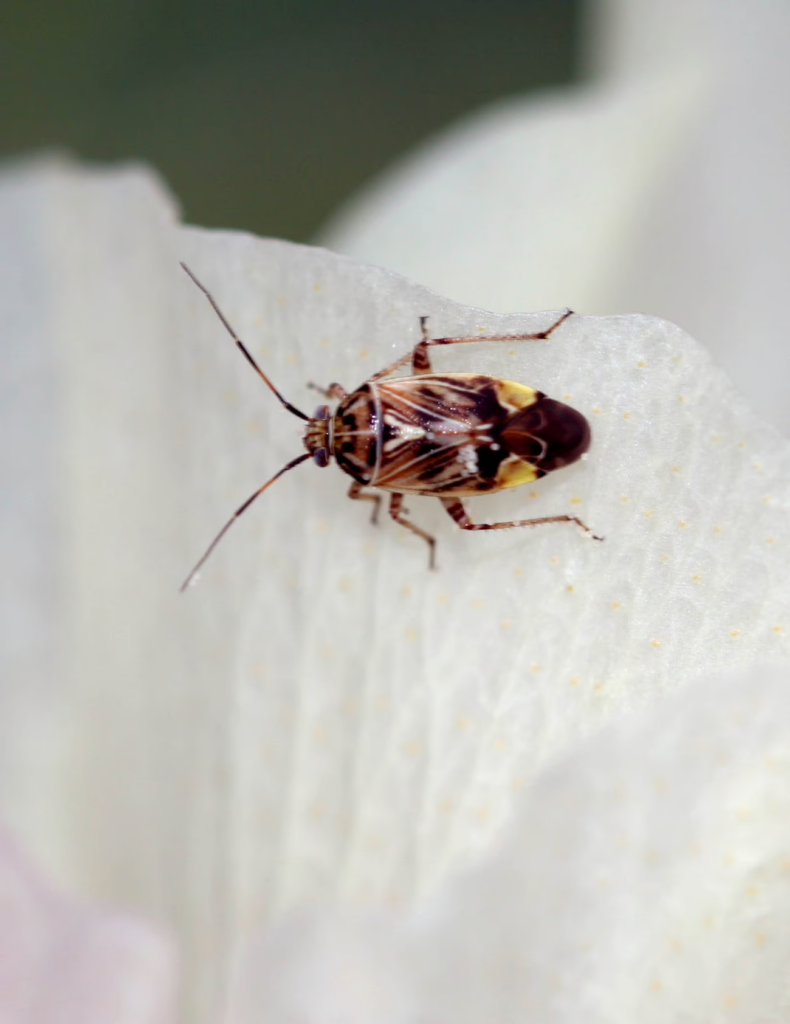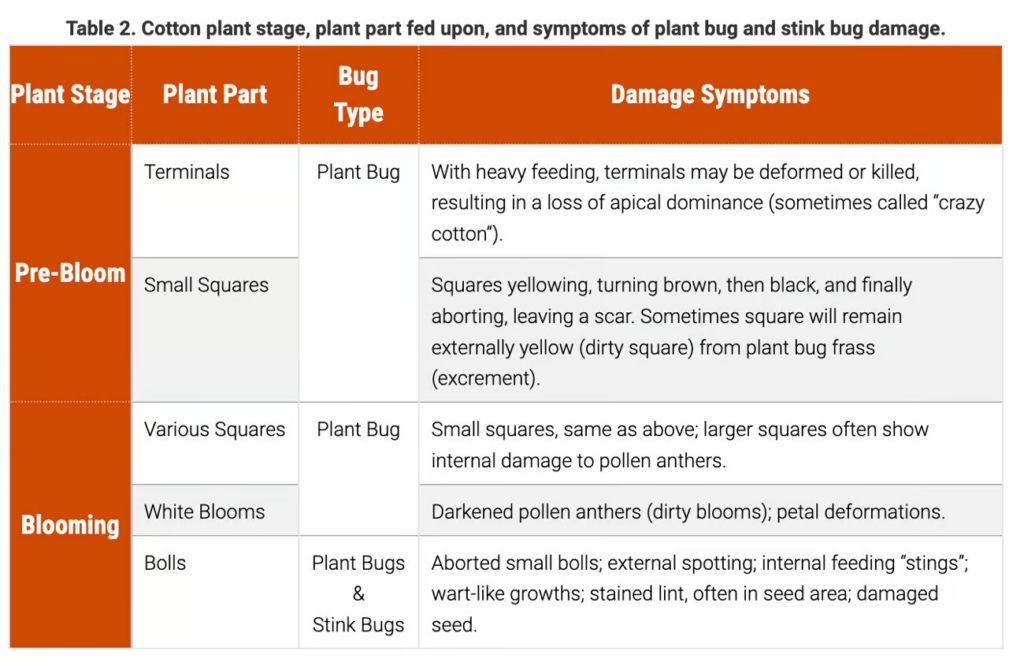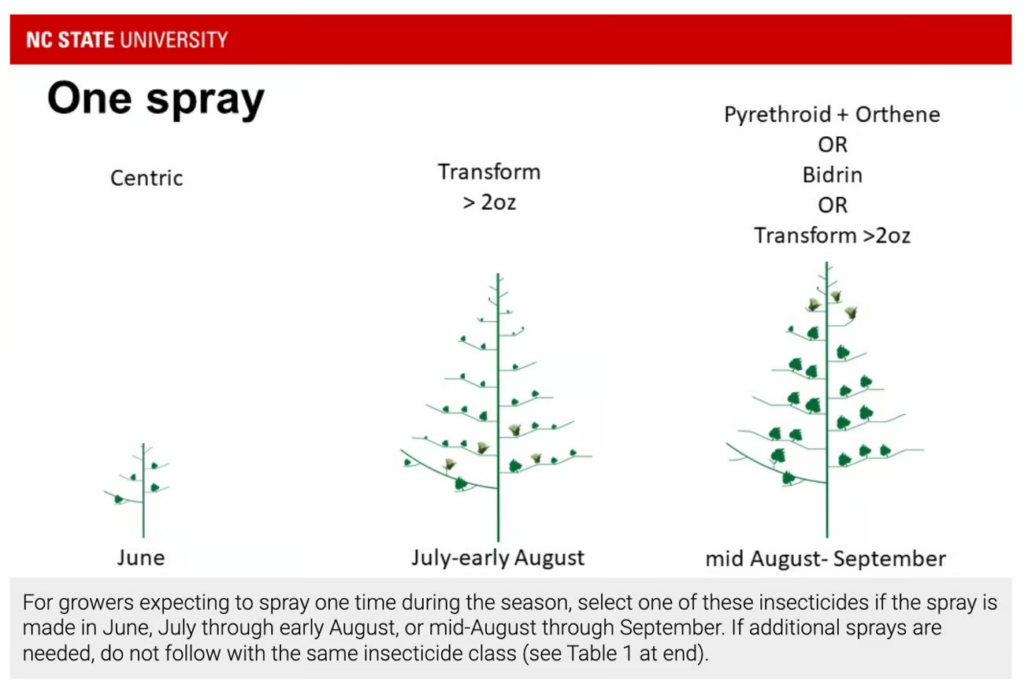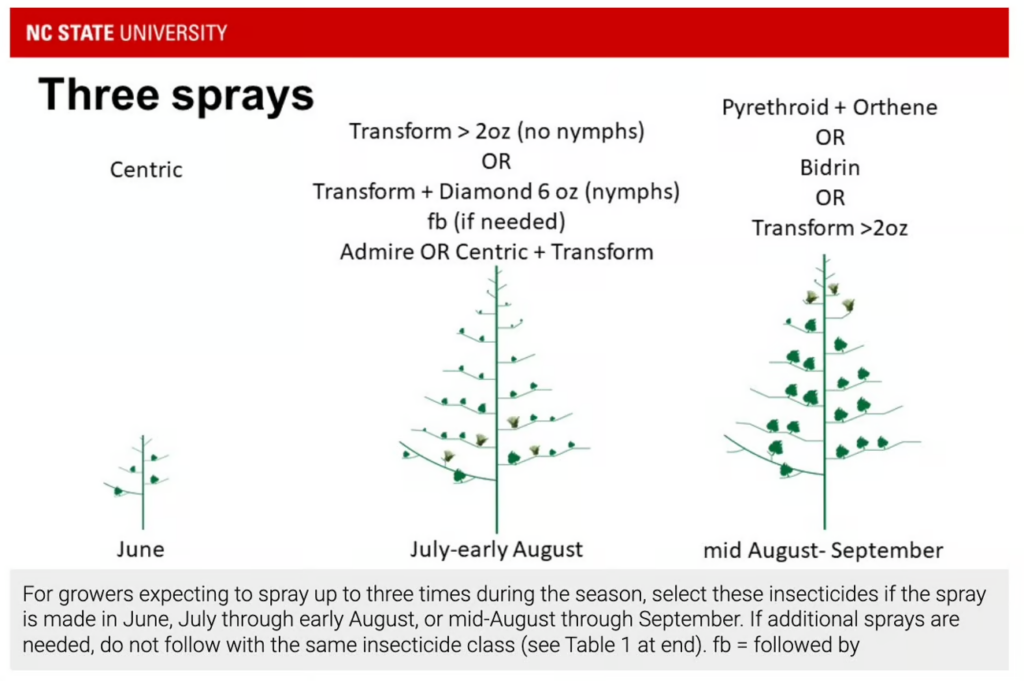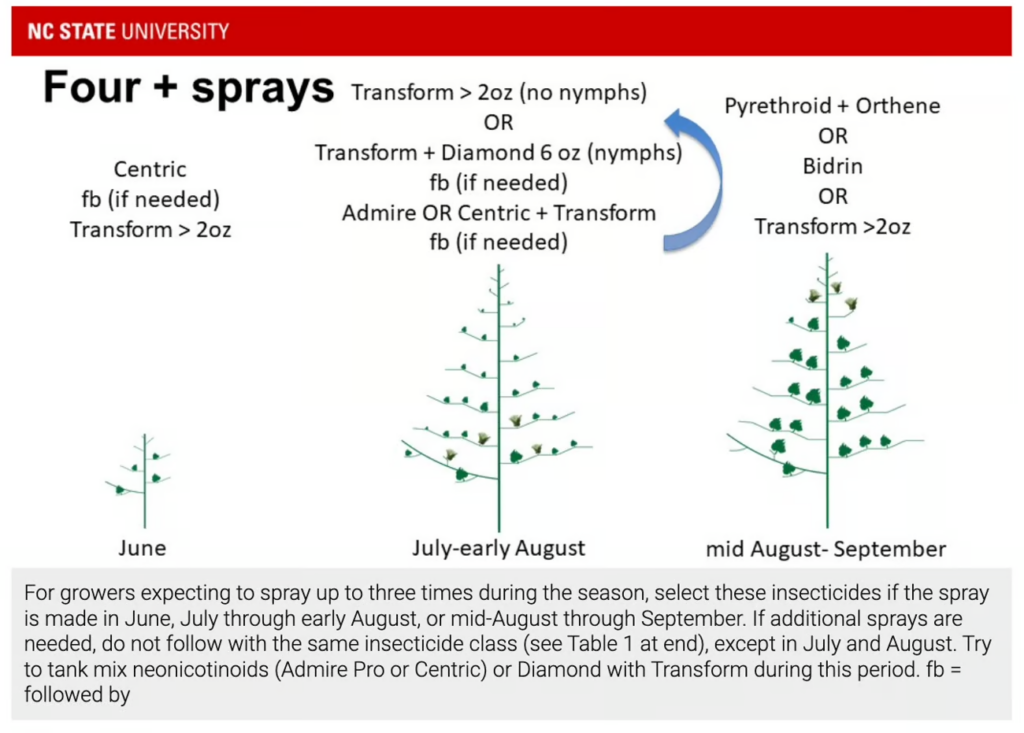2024 Regional Insecticide Recommendations for Plant Bugs
go.ncsu.edu/readext?1013255
en Español / em Português
El inglés es el idioma de control de esta página. En la medida en que haya algún conflicto entre la traducción al inglés y la traducción, el inglés prevalece.
Al hacer clic en el enlace de traducción se activa un servicio de traducción gratuito para convertir la página al español. Al igual que con cualquier traducción por Internet, la conversión no es sensible al contexto y puede que no traduzca el texto en su significado original. NC State Extension no garantiza la exactitud del texto traducido. Por favor, tenga en cuenta que algunas aplicaciones y/o servicios pueden no funcionar como se espera cuando se traducen.
Português
Inglês é o idioma de controle desta página. Na medida que haja algum conflito entre o texto original em Inglês e a tradução, o Inglês prevalece.
Ao clicar no link de tradução, um serviço gratuito de tradução será ativado para converter a página para o Português. Como em qualquer tradução pela internet, a conversão não é sensivel ao contexto e pode não ocorrer a tradução para o significado orginal. O serviço de Extensão da Carolina do Norte (NC State Extension) não garante a exatidão do texto traduzido. Por favor, observe que algumas funções ou serviços podem não funcionar como esperado após a tradução.
English
English is the controlling language of this page. To the extent there is any conflict between the English text and the translation, English controls.
Clicking on the translation link activates a free translation service to convert the page to Spanish. As with any Internet translation, the conversion is not context-sensitive and may not translate the text to its original meaning. NC State Extension does not guarantee the accuracy of the translated text. Please note that some applications and/or services may not function as expected when translated.
Collapse ▲Start scouting cotton in 2024. Before cotton blooms, tarnished plant bugs, or Lygus, damage the crop by feeding in tender terminals and, more commonly, directly on small squares with their needle-like mouthparts, causing the squares to abort. When blooming begins, plant bugs continue to feed on the smaller squares, larger squares, and even small bolls. Tarnished plant bugs feeding on large squares just before opening cause“dirty blooms” (white blooms with darkened pollen anthers and sometimes with small circular deformities on the petals). Tarnished plant bug feeding on small to medium-sized bolls up to approximately 10 to 12 days old may cause stink-bug-like external boll spotting and internal boll damage, such a callous growth (warts), deformed or rotted fruit, or small boll abortion. This boll damage is identical to that caused by stink bugs. Plant bug damage has become more widespread in recent years, particularly in eastern counties. Plant bugs are capable of causing all of the damage symptoms described in Table 2.
- 8* plant bugs per 100 sweeps (from initiation of squaring until the first or second week of blooming) AND <80% square retention.
- 2-3** adult plus nymph stage plant bugs per 5 row feet taken from 6 to 8 locations in the field.





